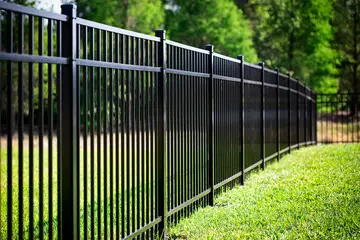In our fast-paced digital age, maintaining peak performance from your gadgets is crucial. Whether it’s a smartphone that feels sluggish, a laptop that takes forever to boot up, or a tablet that struggles with apps, upgrading your gadget can breathe new life into your device. Here’s a comprehensive guide on how to enhance your device’s functionality and improve its speed.
Understanding the Need for a Performance Upgrade
Devices, like all technology, can become outdated or bogged down over time. This can be due to various factors such as increased software demands, wear and tear on hardware components, or simply the aging of technology. A gadget performance upgrade isn’t just about fixing problems—it’s about revitalizing your device to ensure it continues to meet your needs effectively.
Steps to Upgrade Your Gadget
1. Assess Your Device’s Current State
Before diving into upgrades, evaluate your gadget’s existing condition. Check its specifications, performance issues, and current usage patterns. Tools like Task Manager on Windows or Activity Monitor on Mac can help you identify which processes are consuming the most resources.
2. Upgrade Hardware Components
For many gadgets, upgrading hardware can significantly boost performance. Here’s how to approach it:
- RAM (Memory): Increasing the amount of RAM can greatly improve device speed and multitasking capabilities. This is especially useful for laptops and desktops where running multiple applications simultaneously is common.
- Storage: Upgrading from a traditional hard drive to a solid-state drive (SSD) can drastically enhance loading times and overall responsiveness. SSDs are faster and more reliable than traditional HDDs.
- Battery: For mobile devices, a new battery can restore performance and extend usage time. Over time, batteries degrade, leading to decreased performance and shorter life between charges.
- Graphics Card: If you’re into gaming or graphic-intensive tasks, upgrading the graphics card can improve visual performance and processing power.
3. Optimize Software Settings
Sometimes, the issue isn’t hardware but software. Here’s how to tweak your settings for better performance:
- Clean Up Storage: Regularly clear out unnecessary files, cache, and apps that you no longer use. This helps free up storage space and can enhance gadget functionality.
- Update Software: Ensure your operating system and apps are up-to-date. Software updates often include performance improvements and bug fixes that can boost your gadget’s speed.
- Manage Startup Programs: Disable programs that start automatically when your device boots up. These can slow down your startup time and impact overall performance.
4. Consider Upgrading Tech Equipment
If you’ve upgraded hardware and optimized software but still experience sluggish performance, it might be time to consider newer tech equipment. Evaluate the following:
- Processor: For desktops and laptops, upgrading to a faster processor can significantly enhance performance. This is a more advanced upgrade and may require professional assistance.
- Cooling Solutions: Overheating can throttle performance. Upgrading your device’s cooling system, such as adding fans or using cooling pads, can help maintain optimal operating temperatures.
5. Regular Maintenance
Maintaining your gadget’s performance involves regular upkeep. Here’s what you can do:
- Run Diagnostics: Use built-in diagnostic tools to check for issues. For example, Windows has a Performance Monitor, and MacOS has Disk Utility.
- Clean Physical Components: Dust and debris can accumulate, affecting cooling and performance. Periodically clean your device’s vents, keyboard, and screen.
- Perform System Reboots: Regularly rebooting your device helps clear temporary files and refreshes system resources.
Future-Proofing Your Device
When upgrading your gadget, consider future-proofing it. Choose components and software solutions that will keep your device relevant and capable of handling upcoming technological demands. Opt for upgrades that offer a good balance between performance and longevity.
Conclusion
Upgrading your gadget can be a rewarding endeavor, enhancing both its speed and functionality. By focusing on both hardware and software improvements, you can extend the life of your device and ensure it performs at its best. From increasing RAM and installing SSDs to optimizing software settings and maintaining regular upkeep, there are numerous ways to ensure your tech remains efficient and effective. Embrace these strategies, and enjoy a refreshed, faster, and more responsive gadget that meets all your needs.




